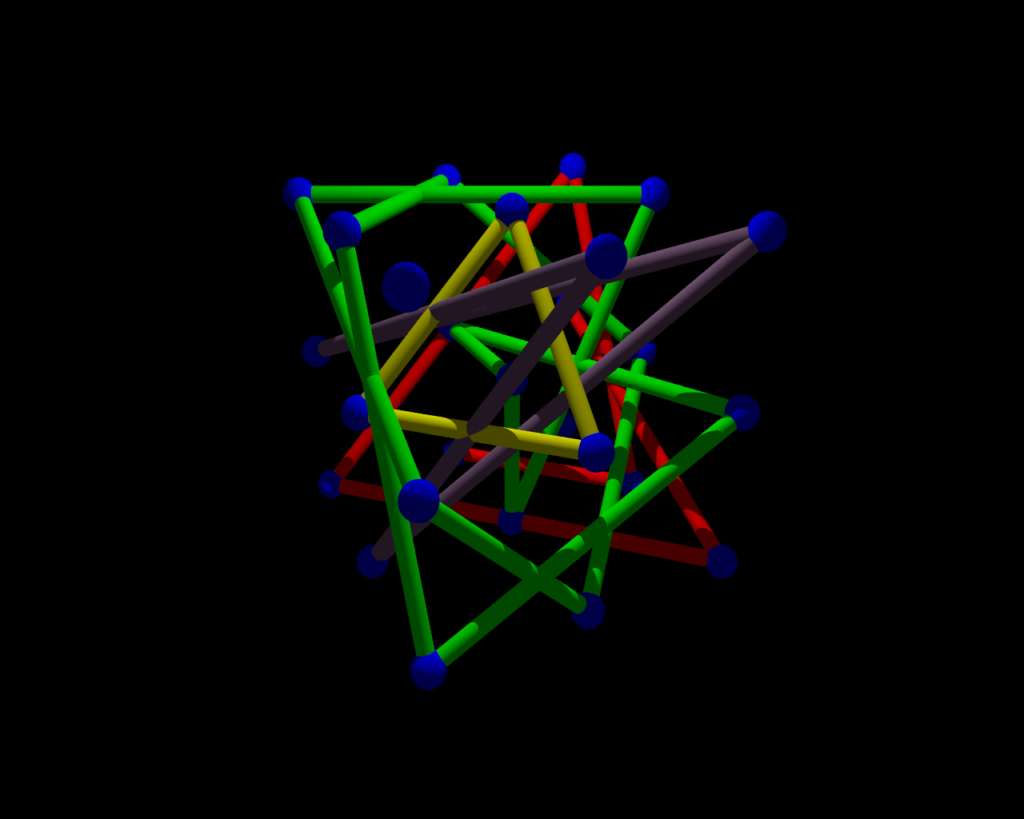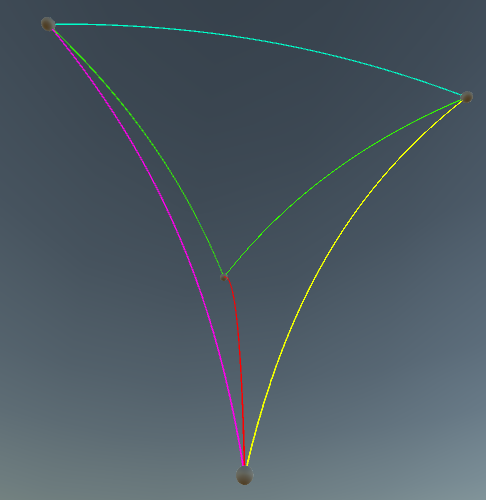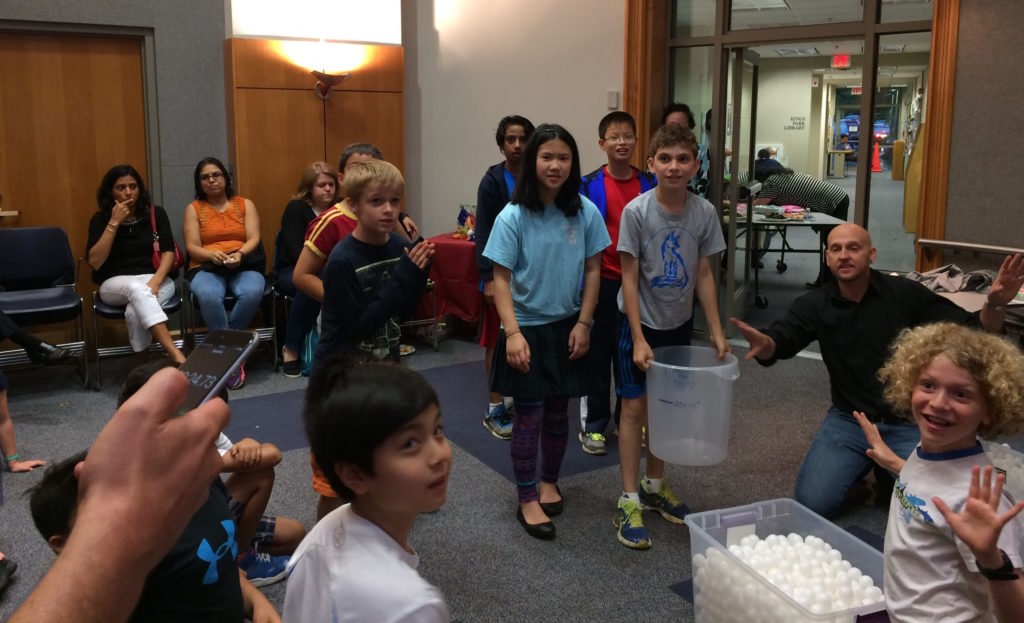During Summer 2017 MEGL ran a small program with 7 participants. There was one research group (Orbits), one visualization group (Hyperbolic Virtual Reality), and one public outreach group (Outreach). The research and visualization groups engaged in experimental exploration involving faculty and undergraduates. Teams met weekly to conduct experiments generating data, to make conjectures from data, and to work on theory resulting from conjectures. The outreach group involved faculty, and a graduate student to develop and implement activities for elementary middle and high school students. We concluded with final reports from all teams at the Geometry Labs United Conference at the University of Washington.





